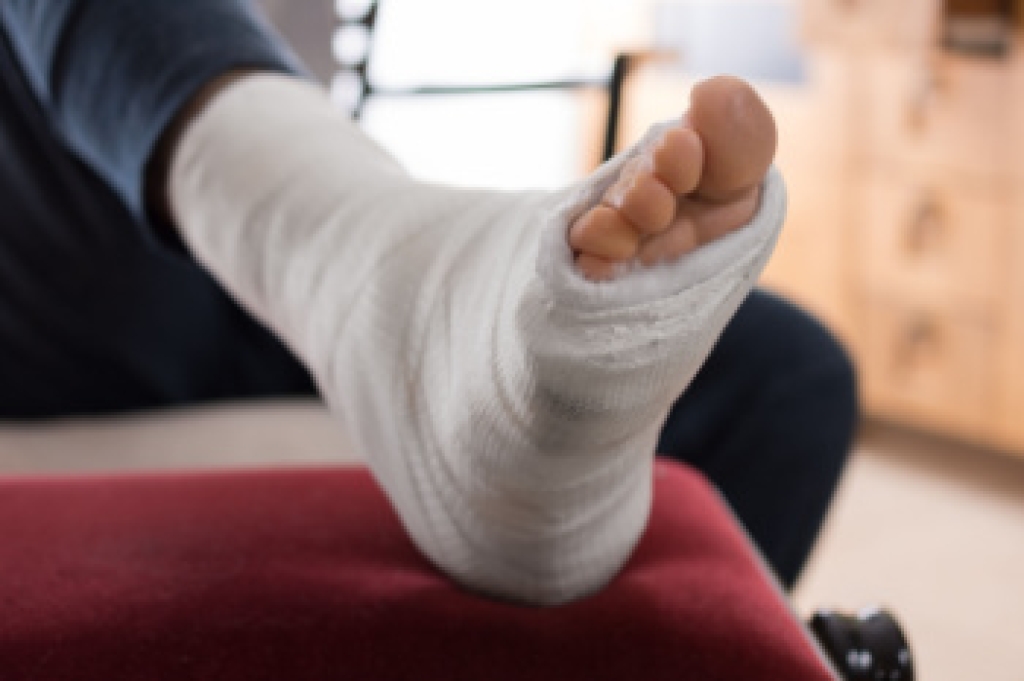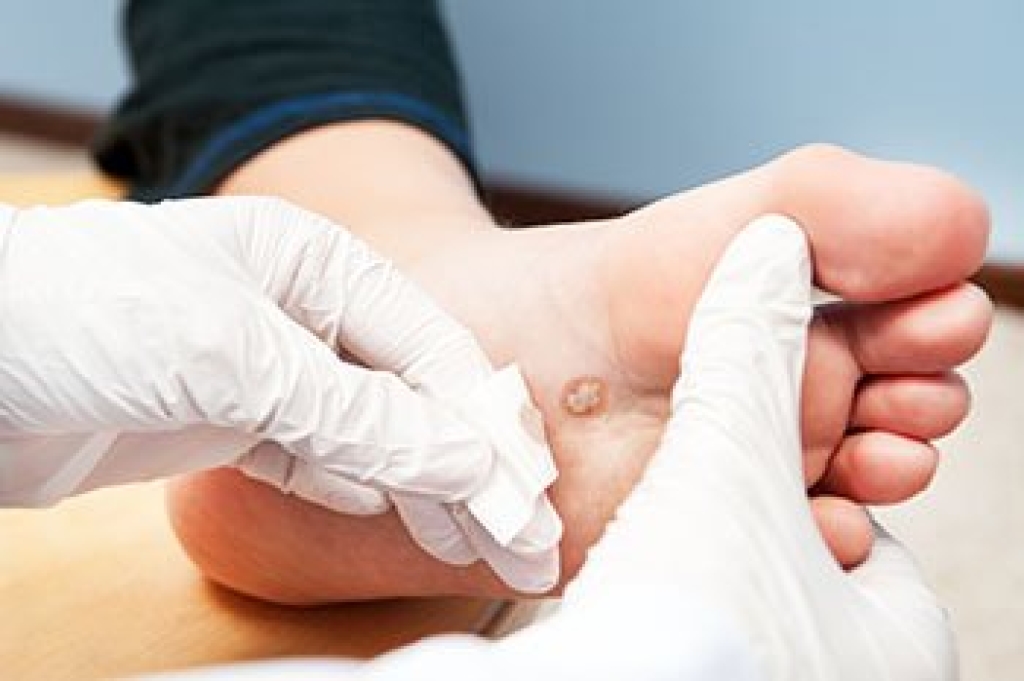
The process of learning to walk is a significant milestone in a child's foot development, marking the transition from dependency to independence. As infants, babies typically begin to explore their surroundings by lifting their heads, rolling over, and eventually crawling. Over time, they develop the strength and coordination needed to pull themselves up and stand with support. As they gain confidence and stability, they take their first tentative steps, often holding onto furniture or caregivers for balance. With practice and encouragement, children gradually refine their walking skills, progressing from unsteady toddling to confident, independent walking. Along the way, they learn to coordinate their movements, maintain balance, and navigate obstacles in their environment. Walking not only facilitates physical exploration but also fosters cognitive and social development, enabling children to engage more actively with their surroundings and interact with others. If your child is delayed in walking, it is suggested that you confer with a podiatrist who can address any concerns you may have.
Making sure that your children maintain good foot health is very important as they grow. If you have any questions, contact one of our podiatrists of Lewis Wolstein, DPM, P.C. & Associates. Our doctors can provide the care you need to keep you pain-free and on your feet.
Keeping Children's Feet Healthy
Having healthy feet during childhood can help prevent medical problems later in life, namely in the back and legs. As children grow, their feet require different types of care. Here are some things to consider...
Although babies do not walk yet, it is still very important to take care of their feet.
Avoid putting tight shoes or socks on his or her feet.
Allow the baby to stretch and kick his or her feet to feel comfortable.
As a toddler, kids are now on the move and begin to develop differently. At this age, toddlers are getting a feel for walking, so don’t be alarmed if your toddler is unsteady or ‘walks funny’.
As your child gets older, it is important to teach them how to take care of their feet.
Show them proper hygiene to prevent infections such as fungus.
Be watchful for any pain or injury.
Have all injuries checked by a doctor as soon as possible.
Comfortable, protective shoes should always be worn, especially at play.
If you have any questions, please feel free to contact our office located in Co-Op City, NY . We offer the newest diagnostic and treatment technologies for all your foot care needs.




